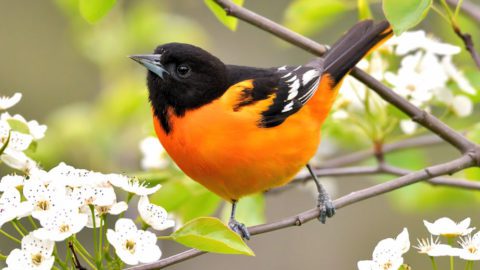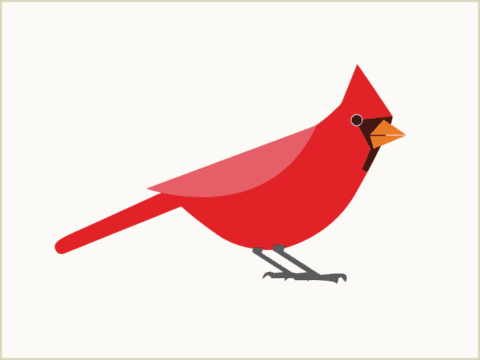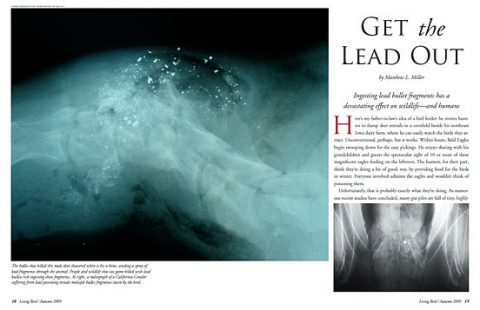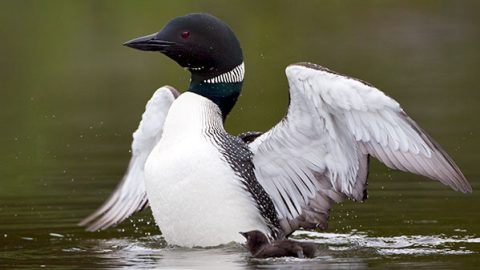Bald Eagle Rebound Stunted by Poisoning From Lead Ammunition
By Krishna Ramanujan
April 4, 2022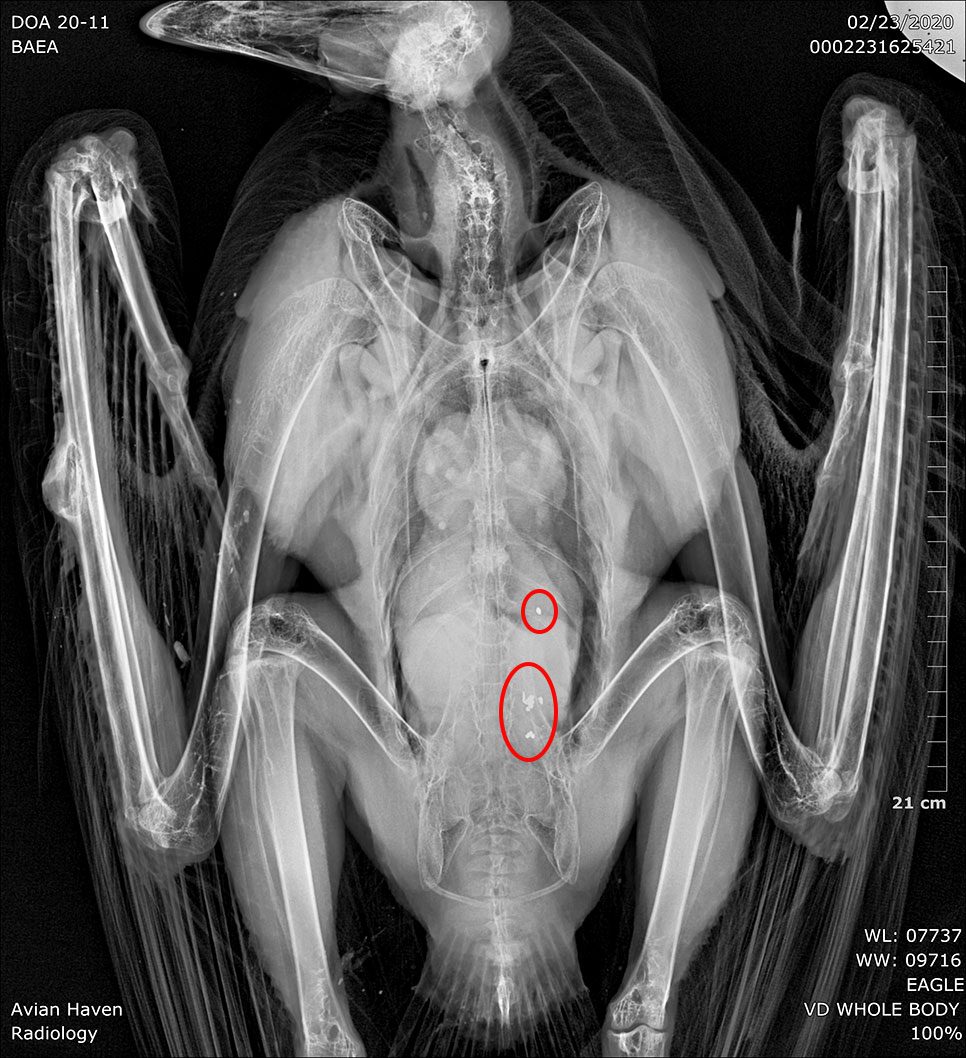
From the Spring 2022 issue of Living Bird magazine. Subscribe now.
Inside the good-news story of the Bald Eagle’s dramatic population recovery under the Endangered Species Act, a new study reveals a cautionary tale about the dangers of lead poisoning from gunshot ammunition left in game carcasses.
The research, published in January in the Journal of Wildlife Management, finds that despite the increasing Bald Eagle population, eagle poisoning from eating dead carcasses or parts contaminated by lead shot has reduced population growth by 4% to 6% annually in the Northeast.
“Hopefully, this report will add information that compels hunters, as conservationists, to think about their ammunition choices,” said Krysten Schuler, coauthor on the study and assistant research professor in the Cornell University Department of Public and Ecosystem Health in the College of Veterinary Medicine. Copper-based ammunition offers a nontoxic alternative to lead shot and bullets for hunters.
The diminished growth rates have the potential to erase cushions that protect eagle populations against unforeseen events.
“Even though the population seems like it’s recovered, some perturbation could come along that could cause eagles to decline again,” Schuler said.
In 2021, a U.S. Fish and Wildlife Service Bald Eagle Population Update—calculated with the help of eBird models—reported that the population has soared to more than 316,000 eagles since 2009.
For the study on lead poisoning impacts to the eagle population, Cornell scientists used a mathematical representation of the life history of Bald Eagles that links properties of individuals to population-scale processes. The researchers also used necropsy records from 1990 to 2018 from seven northeast U.S. states. Out of 1,200 records, close to 500 eagles had been tested for lead, and of those, the researchers looked to see if the birds had ingested toxic levels or if they had just been exposed to the metal.
More On Birds and Lead
Through the computer model, the researchers were able to create a hypothetical situation where the lead-exposed and poisoned birds from the necropsy records were added back into the population of living birds, in order to get counts of how populations would have fared if these birds had not died or been exposed to lead.
Even though total eagle numbers increased across the Northeast between 1990 and 2018, the model estimated that deaths from ingesting lead depressed the growth rate of Bald Eagle populations by 4.2% for females and 6.3% for males.
The study was funded by the Morris Animal Foundation, the New York State Department of Environmental Conservation, and funds from the Federal Aid in Wildlife Restoration Act, administered by the USFWS.
Krishna Ramanujan is a senior staff writer at the Cornell Chronicle.

All About Birds
is a free resource
Available for everyone,
funded by donors like you
American Kestrel by Blair Dudeck / Macaulay Library
